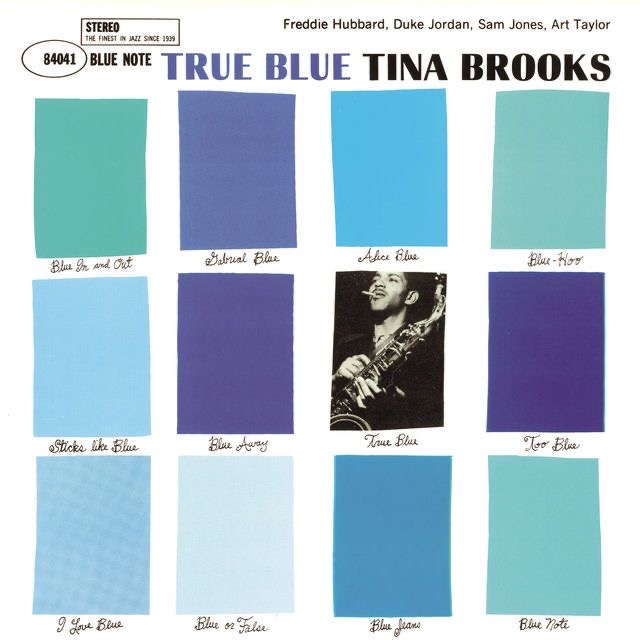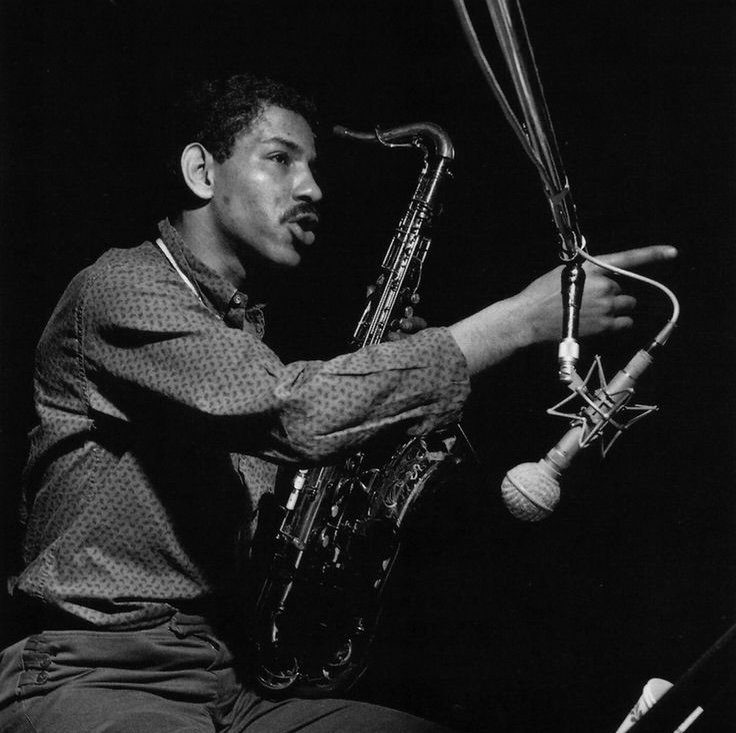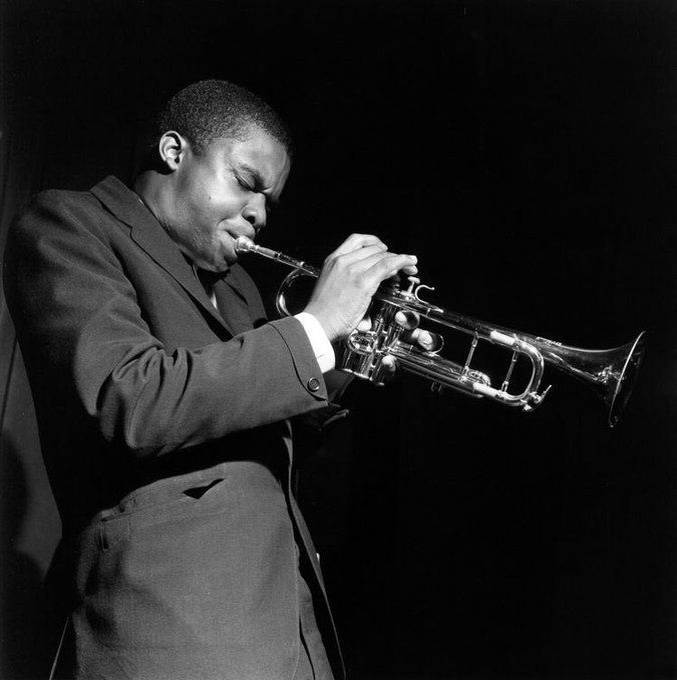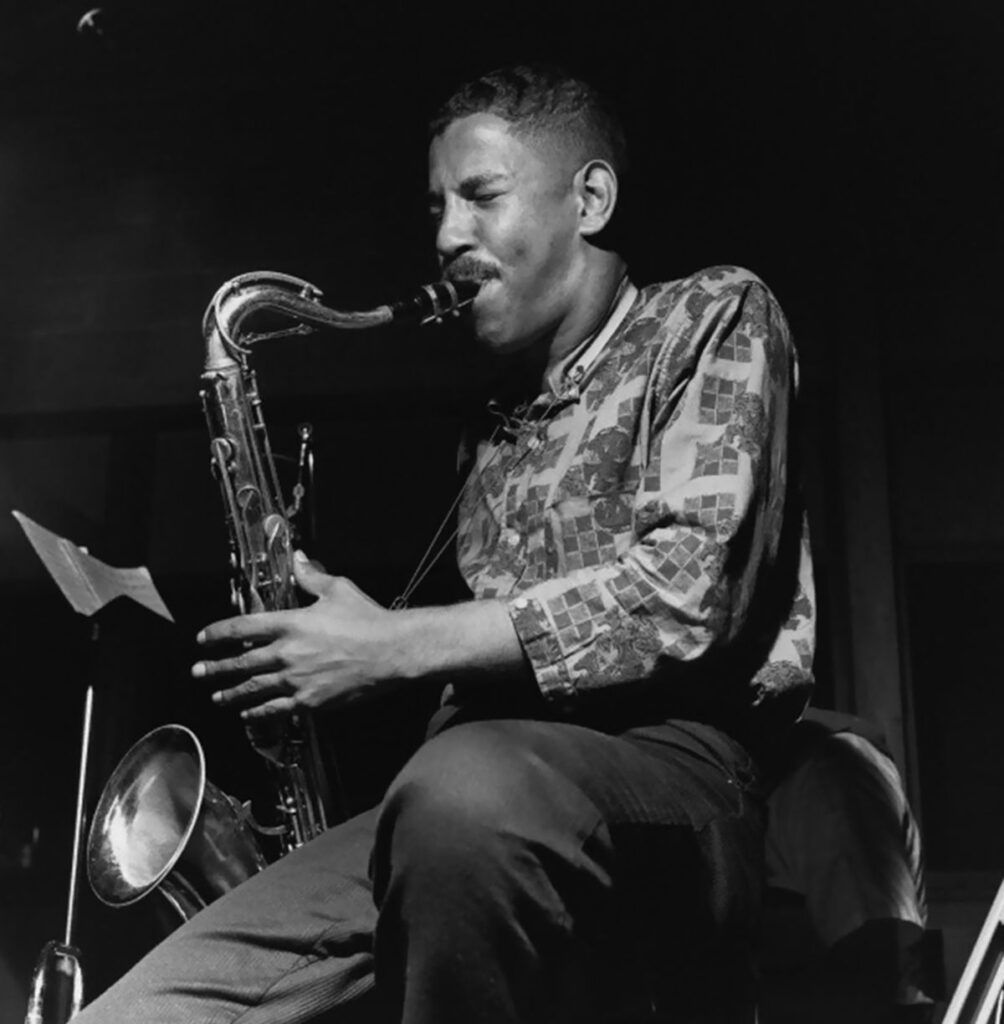Dive into the Power & Passion of ‘Tenor Madness
In the vast panorama of jazz, Sonny Rollins’ “Tenor…
“True Blue,” a hidden gem in the annals of jazz history, shines a light on the underappreciated talent of tenor saxophonist Tina Brooks. Released in December of 1960, the album captures a moment in time when hard bop was evolving, and Brooks’ unique voice stood at the forefront.

Recorded on June 25, 1960, “True Blue” boasts the Blue Note label, known for its high-quality jazz recordings. The session took place at the legendary Van Gelder Studio in Englewood Cliffs, New Jersey, under the watchful eye of esteemed engineer Rudy Van Gelder.
Tina Brooks, born Harold Floyd Brooks, brought a wealth of experience to these sessions. His formative years in rhythm and blues bands, such as those led by Sonny Thompson, Charles Brown, and Amos Milburn, honed his skills. By the time of the “True Blue” sessions, Brooks had already made his mark on Blue Note, featuring on recordings with Jimmy Smith and Kenny Burrell.

Freddie Hubbard, a 22-year-old trumpet prodigy, graced the album with his fiery playing. Hailing from Indianapolis, Hubbard had already played with jazz luminaries like Sonny Rollins and Slide Hampton, and was soon to join the ranks of J.J. Johnson’s ensemble. His early influences, such as Miles Davis and Clifford Brown, informed his developing personal sound.

The rhythm section comprised three seasoned musicians: Duke Jordan on piano, Sam Jones on bass, and Art Taylor on drums. Jordan, who had played with Charlie Parker and Stan Getz, contributed his distinctive, melodic style. Jones, part of Cannonball Adderley’s quintet, was a rising star in the bass world. Taylor, a consummate professional, provided the solid swing that propelled the entire ensemble.
“Theme for Doris,” one of the album’s standout tracks, demonstrates the group’s ability to explore a range of emotions. The song’s minor-key foundation and haunting melody showcase Brooks’ penchant for tender, yet powerful expression. Hubbard’s trumpet solo adds a layer of warmth, complemented by Jordan’s introspective piano work.

“Up Tight’s Creek,” my personal favorite, is a fast-paced bop number that highlights the group’s virtuosity. Brooks’ saxophone lines dart and weave, propelled by Jones’ relentless bass and Taylor’s driving drums. Hubbard’s solo is a whirlwind of technique and emotion, a testament to his burgeoning talent.
“Good Old Soul,” another album highlight, exemplifies the incorporation of soul and blues into the hard bop sound. Brooks’ mellow tenor tone melds with Hubbard’s bright trumpet attack, creating a rich contrast. The rhythm section, led by Jordan’s bluesy piano, anchors the groove and supports the soloists’ storytelling.
Musically, “True Blue” exemplifies the hard bop style with its emphasis on blues, soul, and gospel influences. However, the album transcends mere categorization. Brooks’ compositions and the musicians’ individual voices merge to create a fresh, innovative sound that defies easy labels.
Upon its release, “True Blue” received modest acclaim, overshadowed by other high-profile Blue Note releases. Its impact, however, was felt by musicians and discerning jazz aficionados who recognized the album’s artistry and potential influence on the evolving jazz landscape.
Today, “True Blue” is regarded as a hard bop masterpiece, lauded for its superb musicianship and the unique voice of Tina Brooks. The album’s continued significance lies in its timeless quality, a testament to the power of creativity and the indomitable spirit of jazz.
In conclusion, “True Blue” stands as a shining example of jazz at its finest, showcasing the talents of Tina Brooks and his stellar ensemble. Though the album may have initially been overlooked, it now holds a deserved place among the pantheon of great jazz recordings. From the evocative “Theme for Doris” to the infectious energy of “Up Tight’s Creek,” “True Blue” encapsulates the essence of hard bop while transcending its boundaries. Tina Brooks’ tragically short career may have left us with only a few glimpses of his genius, but “True Blue” ensures his legacy endures. For those seeking an invigorating and enlightening jazz experience, this album is a must-listen, a testament to the limitless creativity and enduring spirit of this timeless art form.